The U.S. military is preparing for the age of AI and algorithmic warfare, and it’s getting help from tech giants like Facebook, Google, and Microsoft.



Here we hypothesize that observing the visual stimuli of different categories trigger distinct brain states that can be decoded from noninvasive EEG recordings. We introduce an effective closed-loop BCI system that reconstructs the observed or imagined stimuli images from the co-occurring brain wave parameters. The reconstructed images are presented to the subject as a visual feedback. The developed system is applicable to training BCI-naïve subjects because of the user-friendly and intuitive way the visual patterns are employed to modify the brain states.
Currently, the usage of EEG-based BCIs in assistive and rehabilitation devices mostly comes down to the following scenarios:
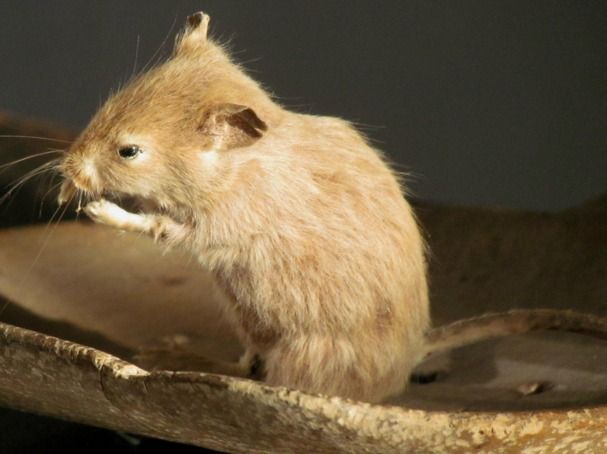
Both humans and mice respond to fear in ways that are deeply etched in survival mechanisms that have evolved over millions of years. Feeling afraid is part of a response that helps us to survive; we learn to respond appropriately, based on our assessment of the danger we face. Importantly, part of this response involves extinguishing fear and modifying our behavior accordingly, once we have learned that a potential threat poses little or no imminent danger. The inability to adapt to fears or lay them aside is involved in disorders such as PTSD and anxiety.
The researchers from Weill Cornell demonstrated that changes in the microbiome can result in an impaired ability to extinguish fear. This was true of two groups of mice: one group had been treated with antibiotics; the other group was raised entirely free of germs. The ability of both groups of mice to extinguish fear was compared with that of control mice whose microbiome was not altered. The difference suggested that signals from the microbiome were necessary for optimal extinction of conditioned fear responses.
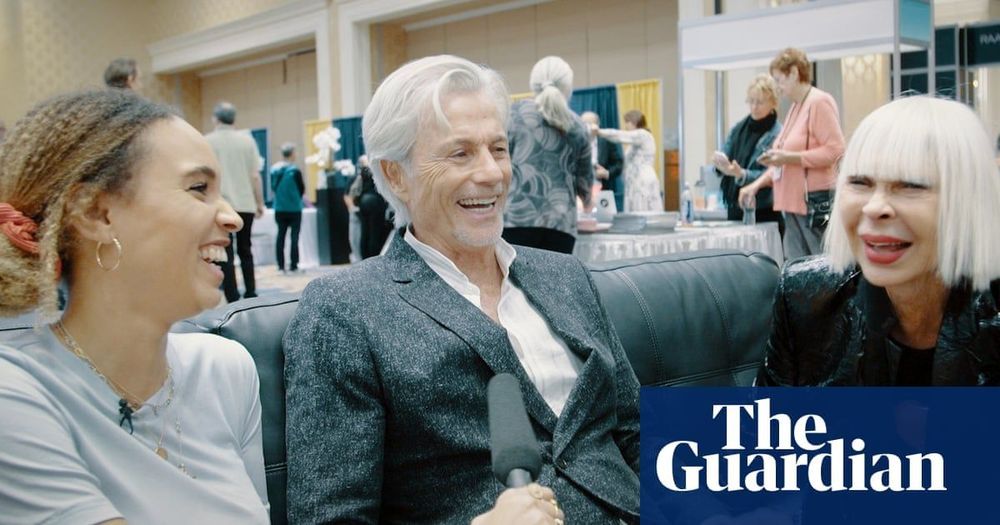
What if you could cheat death and live for ever? To people in the radical life extension movement, immortality is a real possibility. Leah Green spends a long weekend at RAADfest, a meeting of scientists, activists and ordinary people who want to extend the human lifespan. So is reversing your age a real possibility? And what’s behind the wish for immortality?
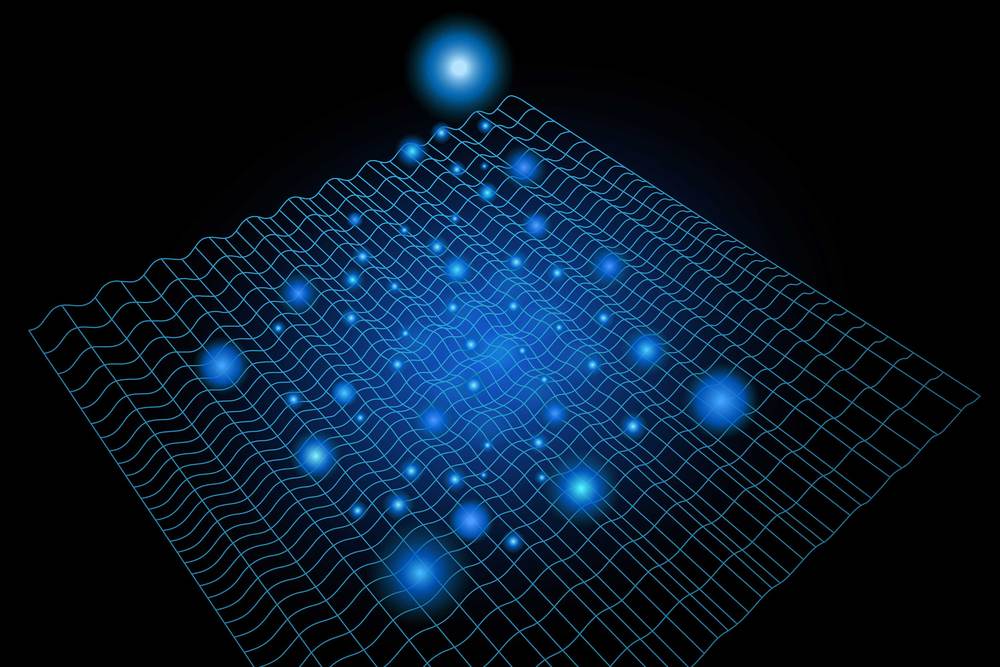
Adding energy to any material, such as by heating it, almost always makes its structure less orderly. Ice, for example, with its crystalline structure, melts to become liquid water, with no order at all.
But in new experiments by physicists at MIT and elsewhere, the opposite happens: When a pattern called a charge density wave in a certain material is hit with a fast laser pulse, a whole new charge density wave is created — a highly ordered state, instead of the expected disorder. The surprising finding could help to reveal unseen properties in materials of all kinds.
The discovery is being reported today (November 11, 2019) in the journal Nature Physics, in a paper by MIT professors Nuh Gedik and Pablo Jarillo-Herrero, postdoc Anshul Kogar, graduate student Alfred Zong, and 17 others at MIT, Harvard University, SLAC National Accelerator Laboratory, Stanford University, and Argonne National Laboratory.

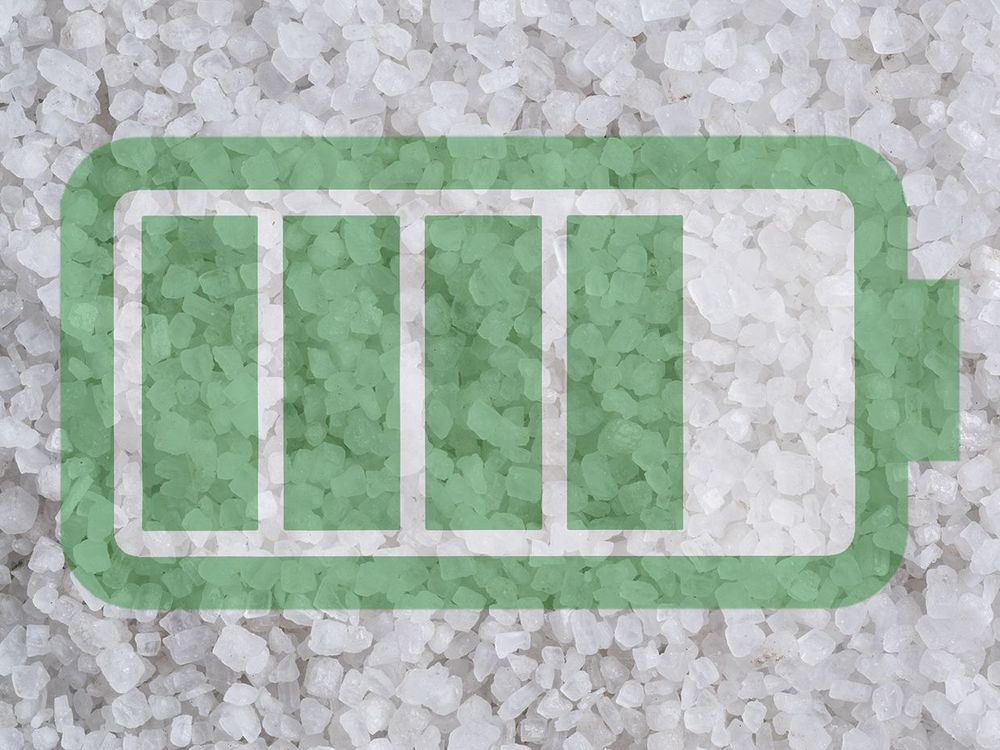
Circa 2017
Today, lithium is the active ingredient in batteries that power smart phones, laptops, and cars. But because of the price of lithium, researchers have been looking for another, more abundant element that could replace it. Several start-ups and established companies have tackled the idea of developing rechargeable batteries in which the active ingredient is sodium, lithium’s neighbor on the periodic table.
Besides its availability, sodium has several other important properties—not the least of which is its resistance to catching on fire. What’s more, “It was a good candidate because it could store a similar amount of energy as compared to lithium,” remembers Minah Lee, who does research on sodium batteries at Stanford University.
Today a number of companies are working on developing sodium batteries with the ultimate aim of replacing lithium as the key ingredient. The CNRS, The National Center for Scientific Research in France, recently announced the creation of Tiamat, a start-up company based in Amiens, France, that will develop and bring to the market a sodium rechargeable battery by 2020. CNRS says the battery will be designed in the widespread industrial 18650 format.
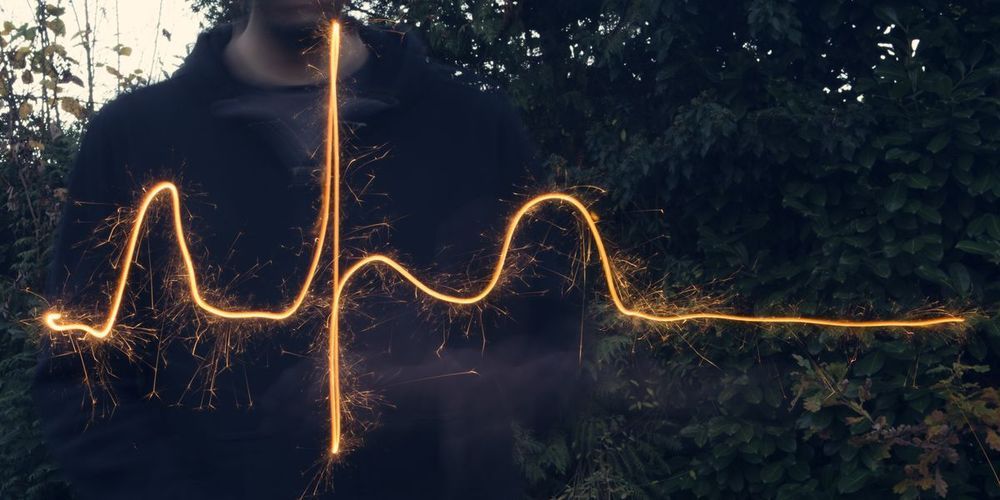
Albert Einstein’s famous expression “spooky action at a distance” refers to quantum entanglement, a phenomenon seen on the most micro of scales. But machine learning seems to grow more mysterious and powerful every day, and scientists don’t always understand how it works. The spookiest action yet is a new study of heart patients where a machine-learning algorithm decided who was most likely to die within a year based on echocardiogram (ECG) results, reported by New Scientist. The algorithm performed better than the traditional measures used by cardiologists. The study was done by researchers in Pennsylvania’s Geisinger regional healthcare group, a low-cost and not-for-profit provider.
A worrisome report from 2013 generated new fears several years later.
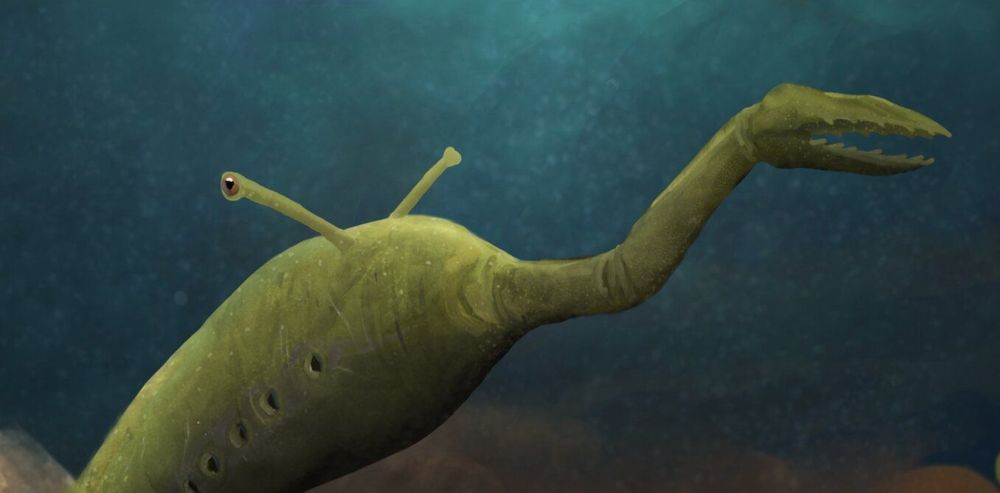
Every now and again, scientists discover fossils that are so bizarre they defy classification, their body plans unlike any other living animals or plants. Tullimonstrum (also known as the Tully Monster), a 300m-year-old fossil discovered in the Mazon Creek fossil beds in Illinois, US, is one such creature.
At first glance, Tully looks superficially slug-like. But where you would expect its mouth to be, the creature has a long thin appendage ending in what looks like a pair of grasping claws. Then there are its eyes, which protrude outward from its body on stalks.
Tully is so strange that scientists have even been unable to agree on whether it is a vertebrate (with a backbone, like mammals, birds, reptiles and fish) or an invertebrate (without a backbone, like insects, crustaceans, octopuses and all other animals). In 2016, a group of scientists claimed to have solved the mystery of Tully, providing the strongest evidence yet that it was a vertebrate. But my colleagues and I have conducted a new study that calls this conclusion into question, meaning this monster is as mysterious as ever.